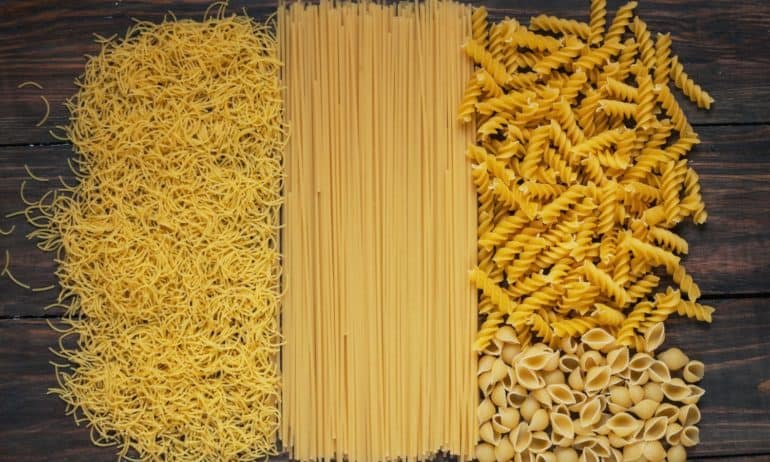In the global fight against food waste, pasta can be a valuable ally. A dynamic base for meals central to numerous culinary traditions, pasta’s utility lies in its versatility. Leftovers unable to fill a plate on their own can be incorporated into pasta dishes or served alongside many quick-to-prepare pastas, according to the Passion for Pasta Advisory Council.
Global hunger levels rose in 2017 for the first time in over a decade, according to reports by the U.N. Food and Agriculture Organization (FAO). At the same time, the food movement pulled the issue of food waste back into the spotlight in 2017. The Ad Council launched its Save The Food campaign in the United States in partnership with the Natural Resources Defense Council (NRDC), and celebrity chef Anthony Bourdain joined in with the well-timed release of his documentary “Wasted.”
As consumers seek to bring the movement into their own homes, they need to look no further than their cupboards. The Barilla Group reported that 80 percent of millennials surveyed keep pasta regularly stocked in their homes.
“One in four Millennials consistently throws away food before it’s eaten and…Millennials are twice as likely to throw away their food as baby boomers,” Barilla reports. “However,…four in five millennials have pasta regularly stocked in their pantry.”
Pasta’s long shelf-life also contributes to its usefulness as a strategic tool with which to fight food waste. According to the U.S. Department of Agriculture (USDA), dried pastas will keep for two to five years in cool, dry environments such as cupboards or pantries. Barilla reports that only 1 in 10 people surveyed have ever thrown away pasta because of spoilage. The FAO considers storability a critical dimension of household-level food security.
National, international, and industry initiatives are making significant gains in terms of increasing consumer awareness of the negative impacts of food waste. A report by Edelman Intelligence found that the number of media articles published annually in the U.S. about food waste tripled between 2011 and 2016, according to NRDC. While 74 percent of U.S. consumers reported in a 2016 survey commissioned by The Ad Council that food waste was important to them, ReFED also reported in 2016 that households are responsible for the largest portion of all food waste by sector.
Turning to versatile staples like pasta can be a productive way to both recover food that is on the verge of being wasted and reduce personal carbon footprints.
If all of the food that is wasted globally could be saved and eaten, hunger would disappear, according to the FAO. However, the FAO estimates that 815 million people are undernourished in 2017 while 1.3 billion tons of food will go to waste, amounting to more than two tons of wasted food per hungry person each year. By comparison, Americans eat less than one ton per person each year, according to statistics from the USDA.
The climate change impacts of food waste are also significant. If food waste were a country, the FAO estimates that it would be the third-largest emitter of greenhouse gases, after China and the U.S.






